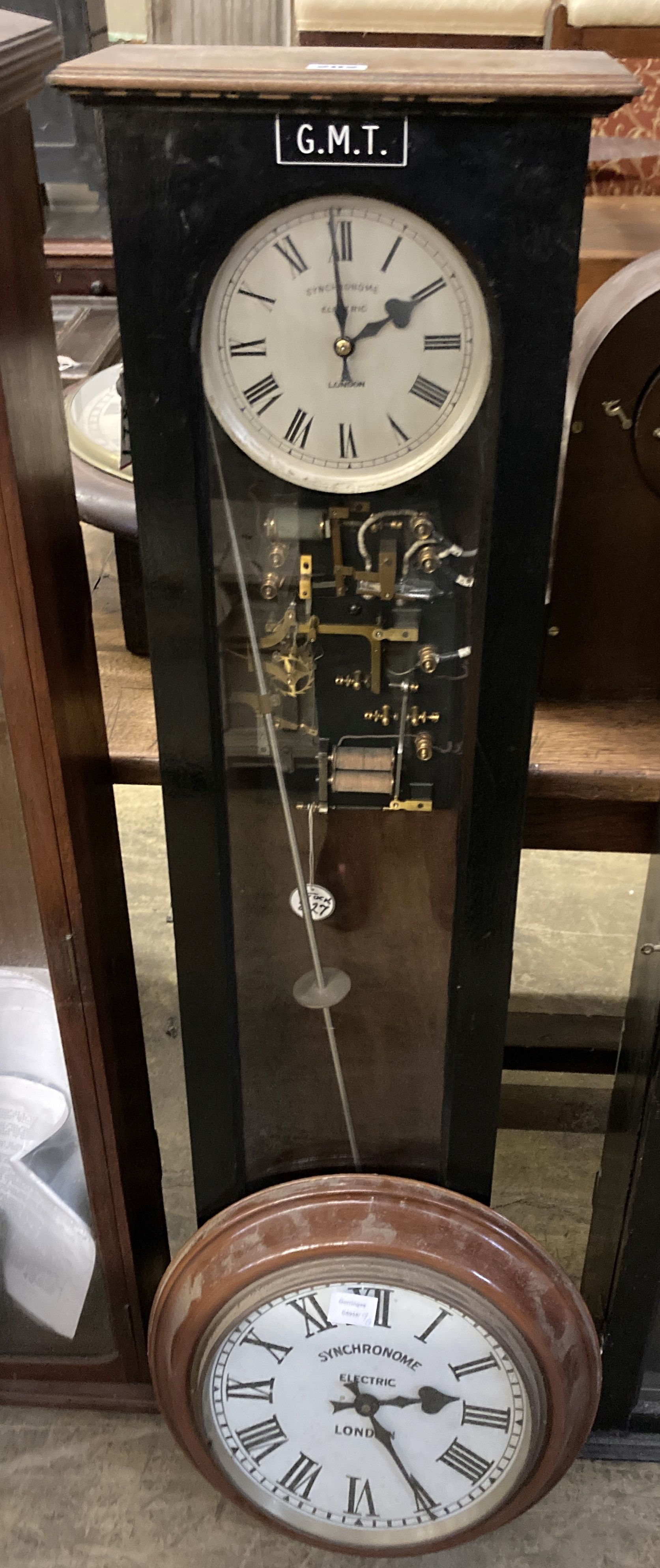

The secondary pendulum was attached to the timekeeping mechanisms of the clock, leaving the primary pendulum virtually free of external disturbances. Shortt clocks kept time with two pendulums, a primary pendulum swinging in a vacuum tank and a secondary pendulum in a separate clock, which was synchronized to the primary by electro-mechanical means. Shortt clocks achieved accuracy of around a second per year, although a recent measurement indicated they were even more accurate. The Shortt was the first clock to be a more accurate timekeeper than the Earth itself it was used in 1926 to detect tiny seasonal changes in the Earth's rotation rate. They were used worldwide in astronomical observatories, naval observatories, in scientific research, and as a primary standard for national time dissemination services. They were the most accurate pendulum clocks ever commercially produced, and became the highest standard for timekeeping between the 1920s and the 1940s, after which mechanical clocks were superseded by quartz time standards. The Shortt–Synchronome free pendulum clock is a complex precision electromechanical pendulum clock invented in 1921 by British railway engineer William Hamilton Shortt in collaboration with horologist Frank Hope-Jones, and manufactured by the Synchronome Company, Ltd., of London. On the left is the primary pendulum in its vacuum tank. Heyl's measurement of the gravitational constant. This clock was purchased in 1929 and used in physicist Paul R. Shortt clock in US National Institute of Standards and Technology museum, Gaithersburg, Maryland.


 0 kommentar(er)
0 kommentar(er)
